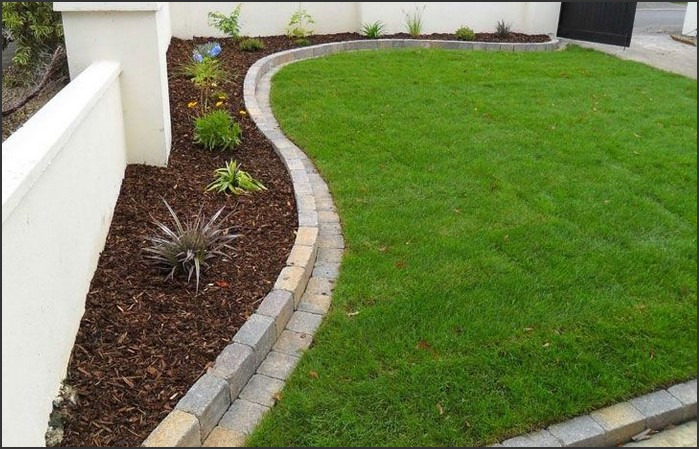
Say Cheese is a great way to capture fun memories with friends and family. Whether you’re hosting a birthday party, wedding, or other special event, setting up a photobooth camera can be a great way to capture the moment. With Say Cheese, you can easily set up a photobooth camera to capture all the fun and laughter of your special event. This guide will provide you with all the information you need to set up a photobooth camera and create fun memories that will last a lifetime.
How to Create a DIY Photobooth Camera for Capturing Fun Memories
Creating a DIY photobooth camera is a great way to capture fun memories with friends and family. With a few simple materials and a bit of creativity, you can create a unique and entertaining photobooth experience. Here are the steps to creating your own DIY photobooth camera.
1. Gather the necessary materials. You will need a digital camera, a tripod, a backdrop, and a remote shutter release. You may also want to purchase props such as hats, glasses, and other fun items to add to the photobooth experience.
2. Set up the backdrop. Choose a backdrop that will provide a fun and interesting background for your photobooth photos. You can use a plain wall, a sheet, or a fabric backdrop.
3. Set up the camera. Place the camera on the tripod and adjust the settings to ensure that the photos will be of the highest quality. Make sure the camera is pointed at the backdrop and that the lighting is adequate.
4. Set up the remote shutter release. This will allow you to take photos without having to touch the camera.
5. Place the props. Place the props around the backdrop to create a fun and interesting atmosphere.
6. Take the photos. Have fun taking photos with your friends and family. Make sure to take plenty of photos so that you can capture all the fun memories.
Creating a DIY photobooth camera is a great way to capture fun memories with friends and family. With a few simple materials and a bit of creativity, you can create a unique and entertaining photobooth experience. Follow these steps to create your own DIY photobooth camera and start capturing fun memories today.
Tips for Taking the Perfect Say Cheese Photo with a Photobooth Camera
1. Choose the Right Lighting: Natural light is always best for taking photos, but if you’re using a photobooth camera, make sure to find a spot with plenty of light. Avoid direct sunlight, as this can cause harsh shadows and overexposure.
2. Find the Right Angle: Photobooth cameras are usually placed at a slightly elevated angle, so make sure to adjust your position accordingly. If you’re taking a group photo, make sure everyone is in the frame and that the camera is at the right height.
3. Use Props: Props can add a fun element to your photos and make them more memorable. Consider using hats, sunglasses, or other accessories to add a bit of flair to your photos.
4. Strike a Pose: Don’t be afraid to get creative with your poses. Have everyone in the photo make a funny face or do a silly dance. This will make your photos more fun and memorable.
5. Take Multiple Shots: Photobooth cameras usually take multiple shots in quick succession, so make sure to take advantage of this feature. This will give you more options to choose from when selecting the perfect photo.
6. Have Fun: Above all else, have fun with your photobooth photos. Don’t be afraid to get silly and make the most of your time in front of the camera.Say Cheese: Setting Up a Photobooth Camera for Fun Memories is a great way to capture special moments and create lasting memories. With the right equipment and a few simple steps, anyone can set up a photobooth camera and start taking fun pictures. Whether you’re hosting a party or just want to capture some special moments with friends and family, a photobooth camera is a great way to do it. With a little bit of effort, you can create a fun and memorable experience that will last a lifetime.



